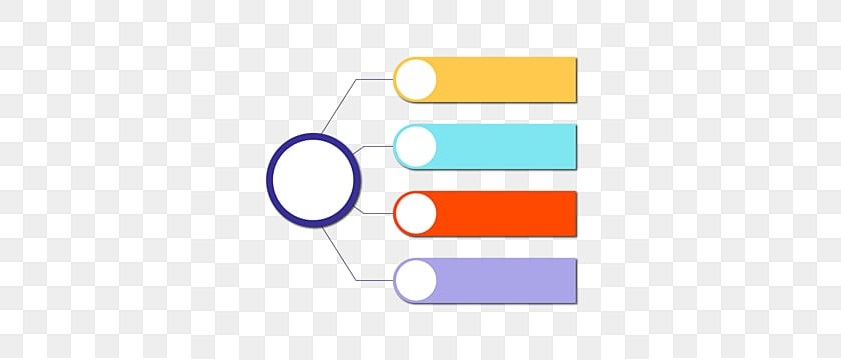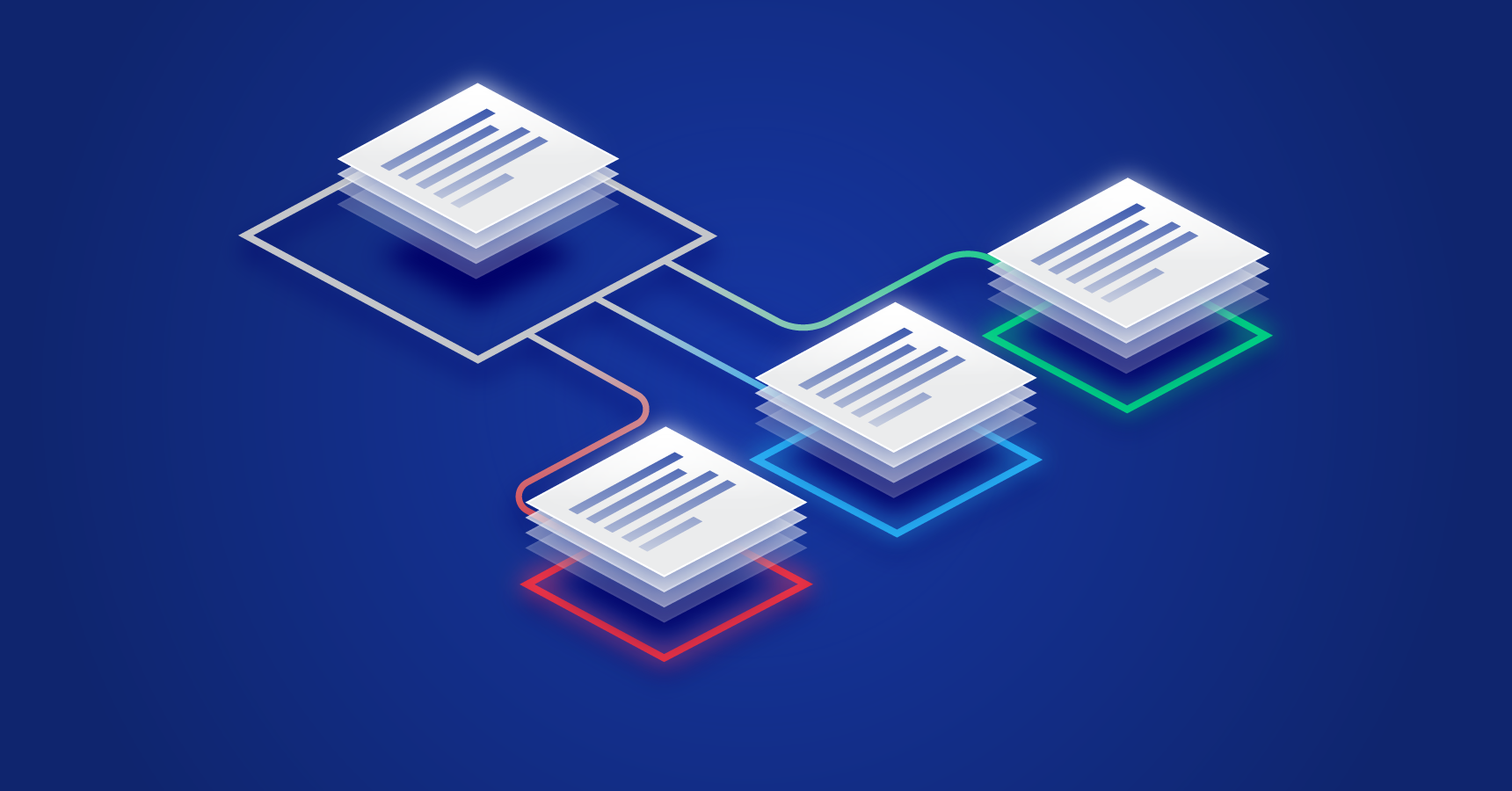If you have heard of text classification APIs but are not sure what they are useful for, stay tuned and read more in this article.
Text analysis as a whole is a new area of study. Marketing, product management, academia, and governance are just a few of the industries that are already leveraging the process of analysing and extracting information from textual data.

The activity of labelling natural language texts with relevant categories from a predefined set is known as text classification or text categorization. Text classification, in layman’s terms, is the process of extracting generic tags from unstructured text. These generic tags are drawn from a pre-defined set of categories. By categorising your content and products, users can easily search and navigate within your website or application.
Let’s talk about the current and emerging applications of text classification in this post. We’ve been using text classification to help us simplify things for a long time. Text classification can be seen in the classification of books in libraries and the segmentation of articles in the news. With the addition of the latest AI technology, the process is simply automated and simplified with minimal manual work. The idea of using AI to classify text has been around for a while (remember automated filtering and Labels in Gmail?).
It can essentially be used whenever certain tags need to be mapped to a large amount of textual data. Particularly in marketing, as it has shifted from Search Engines to Social Media Platforms where real communication between brands and users occurs. Personalization is being used by marketers to drive better engagements as marketing becomes more targeted. As a result, listening to and analysing user conversations has become a must-do task for marketers.
Applications And Use Cases
-Using categories to tag content or products to improve browsing or identify related content on your website. Automated technologies can be used to classify and tag content and products on platforms such as E-commerce, news agencies, content curators, blogs, directories, and the like.
-Text classification can be used to automate CRM tasks as well. The text classifier can be trained to be highly customizable. CRM tasks can be assigned and analysed directly based on importance and relevance. It eliminates manual labour and thus saves time.
-Text classification of website content using tags allows Google to easily crawl your website, which aids in SEO. Furthermore, automating content tags on a website and app can improve user experience and help standardise them. Another use case for marketers would be to research and analyse competitor tags and keywords. This process can be automated and sped up by using text classification.
Which Is The Best API?
Klazify is one of the most efficient and reliable ways to obtain your logo via API. This software will be classified in real-time into various categories such as location, market category, country, logo, and apps.
Klazify also employs Natural Language Processing (NLP) as well as a Machine Learning Engine. Using the IAB V2 standard, it examines webpage text and categorises it into 385+ possible topic groups. Because this API is real-time, you’ll always have the most recent social network links. The API response formats of JSON, Python, and PHP Curl make it simple for developers.
Klazify is a website categorization API that can do a variety of things, including:
-It can categorise web pages into 350+ categories using any of the three category structures you prefer.
-All of a domain’s social media channels and logos are collected and updated in real-time.
-It examines the content and meta tags of a website by using Natural Language Processing.
How To Use It
To use it, you must:
1. Visit www.klazify.com to obtain the API key.
2. Paste a URL into the provided field, then verify that you are not a robot before submitting it.
3. The API response will then be delivered to you in one or more programming languages.
4. Locate and save the desired outcome. You can then use it however you see fit.

